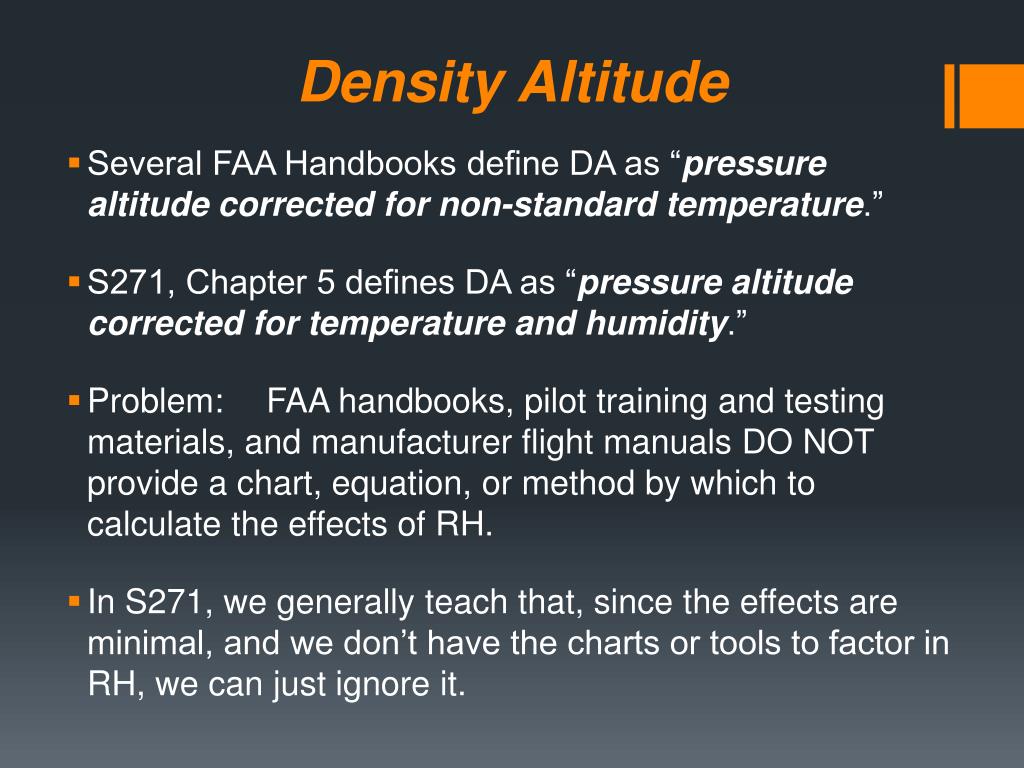

This error is a function of both the quality of the pitot-static system used to calculate the dynamic pressure as well as the location of the probe on the aircraft. Calibrated AirspeedĬalibrated airspeed is the indicated airspeed corrected for instrument and position error. This makes it much easier for a pilot to fly the aircraft as the critical speeds that define the operating envelope remain the same regardless of the ambient conditions. The big advantage of using IAS in the cockpit is that the aircraft will always stall at the same indicated airspeed (for a given aircraft configuration) regardless of the altitude or ambient temperature. Thus the actual airspeed (true airspeed) will vary considerably from the indicated airspeed as the aircraft flies at higher altitudes and differing temperatures. However, the airspeed indicator in the cockpit is always calibrated to sea level density on a standard day. The density term in the denominator is not a constant and varies with altitude and temperature.

The airspeed is therefore calculated as follows: The static ports are always installed flush which ensures that the port opening is inside the boundary layer where the air is not moving. The static pressure is not only used to calculate the airspeed but also the altitude (altimeter) and the vertical speed (VSI) during flight. The measured static pressure is the ambient pressure of the still air which is the barometric pressure of the air at the aircraft’s current altitude. The moving air enters the probe and is brought to rest by the geometry of the probe. The total pressure (also known as the stagnation pressure or pitot pressure) is measured by the pitot probe. The pitot-static system works on the principle of Bernoulli’s equation which states that an increase in the speed of a fluid must simultaneously result in a drop in the fluid’s pressure, or a decrease in the fluid’s potential energy. The system uses the difference between the total pressure (measured by the pitot probe) and the static pressure (measured by the static ports) to determine the dynamic pressure which is converted to an airspeed reading. Indicated airspeed is the airspeed reading that the pilots sees on her airspeed indicator (ASI) and is driven by the pitot-static system on board the aircraft. Calculation Methodology Indicated Airspeed The model is based on the US Standard Atmosphere of 1976. Use the sliders to select an input speed and whether to apply a temperature deviation offset from the standard atmospheric value.


 0 kommentar(er)
0 kommentar(er)
